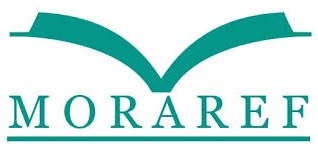Analisis Jamur pada Kotoran Sapi Menggunakan Metode Next Generation Sequensing
Authors (s)
(1) * Barolym Tri Pamungkas
 ()
()
(*) Corresponding Author
AbstractThis study aims to analyze the microbial community in cow dung, focusing on fungi containing the psychoactive compound psilocybin, using the Next Generation Sequencing (NGS) method. Data were obtained using the Oxford Nanopore Technologies (ONT) platform and processed with the wf-metagenomics pipeline with specific parameters to generate a comprehensive taxonomic profile. Microbial community composition was analyzed by calculating relative abundances from the phylum to species level, utilizing visualizations such as stacked bar plots, heatmaps, and KronaTools to enhance data interpretation.The findings revealed significant microbial diversity in each sample, with alpha diversity analysis showing variations in richness and evenness indices of microbial communities. Panaeolus mushrooms, known as one of the cow dung fungi containing psilocybin, were identified through phylogenetic analysis and compared with genomic data from the NCBI. Bioinformatics methods, including Kraken2, TaxonKit, and Pavian, improved accuracy and detail in data interpretation. These findings provide new insights into the bioactive potential of psilocybin mushrooms and establish a foundation for further development in pharmaceutical and biotechnological applications.This research makes a significant contribution to understanding microbial ecosystems in specific environments, particularly concerning the biotechnological potential of local microorganisms. With a comprehensive approach integrating taxonomic and bioinformatics analyses, this study opens new opportunities for exploring microbes and relevant bioactive compounds. |
Keywords
Full Text: PDF
Refbacks
- There are currently no refbacks.
Copyright (c) 2025 barolym tri pamungkas

This work is licensed under a Creative Commons Attribution-ShareAlike 4.0 International License.
This ejournal system and its contents are licensed under
a Creative Commons Attribution-ShareAlike 4.0 International License








.png)









